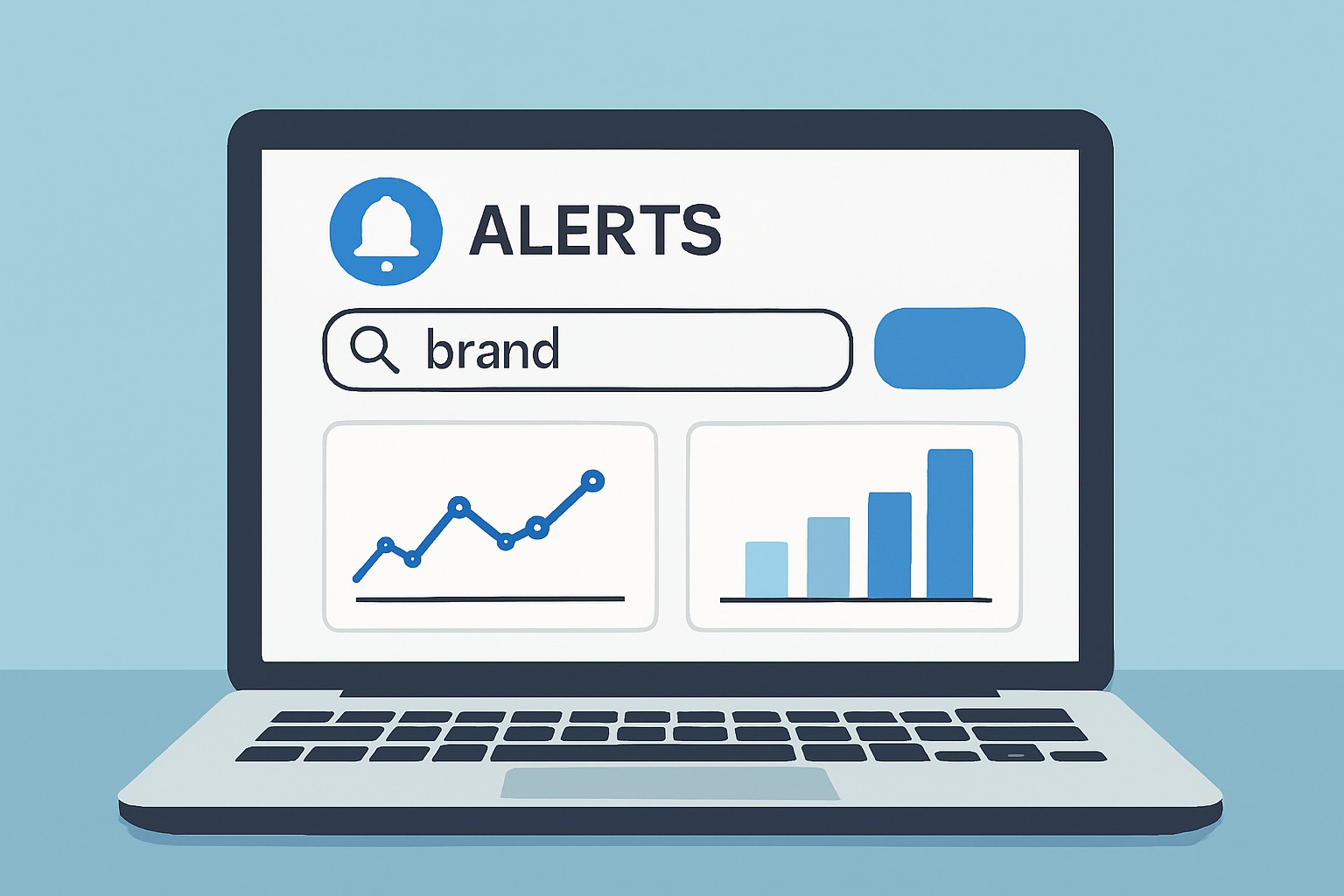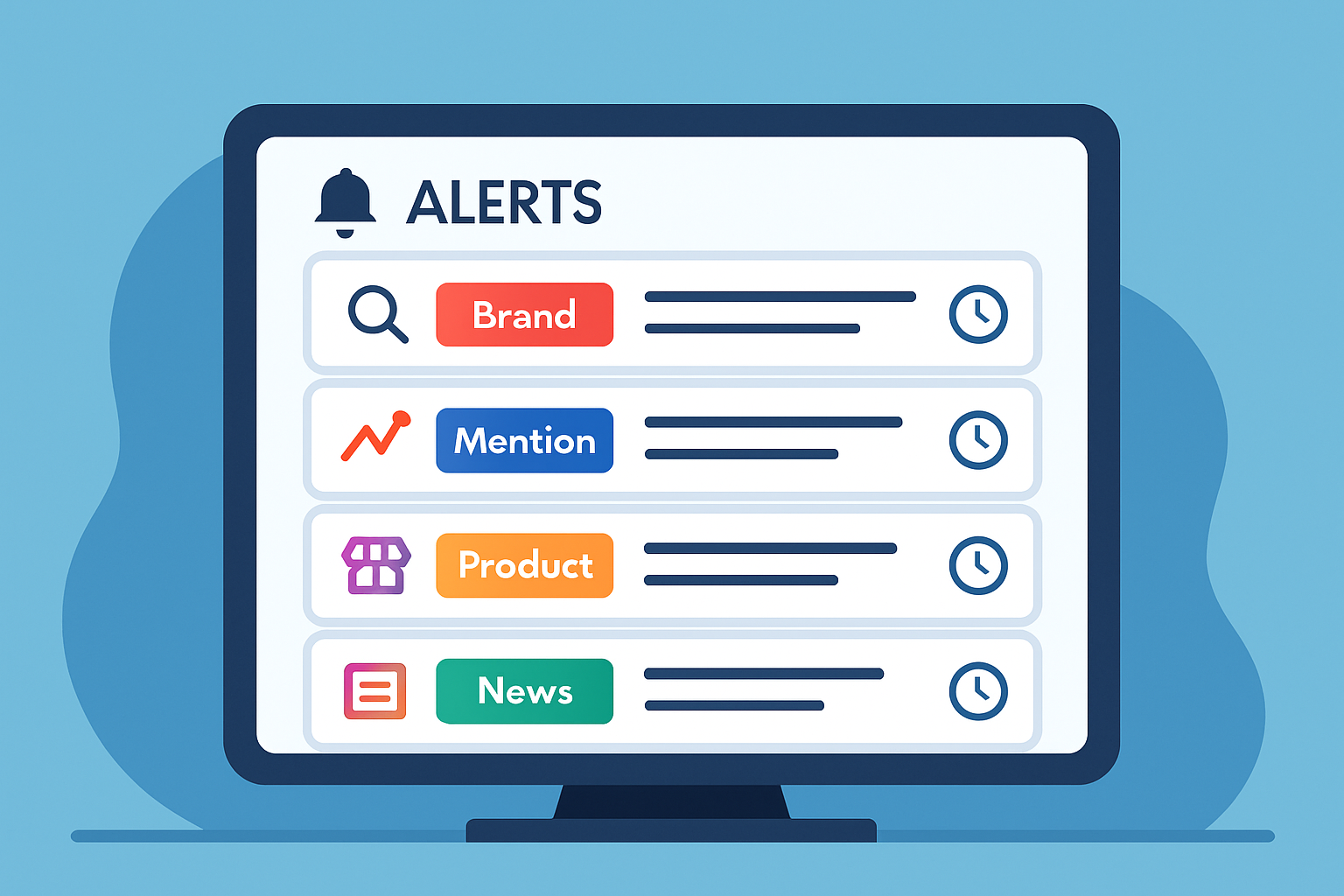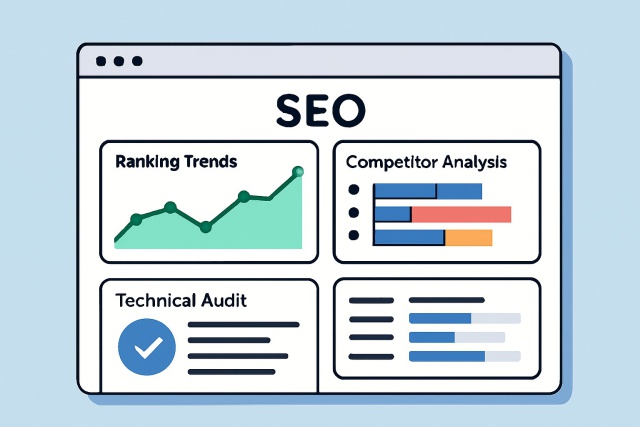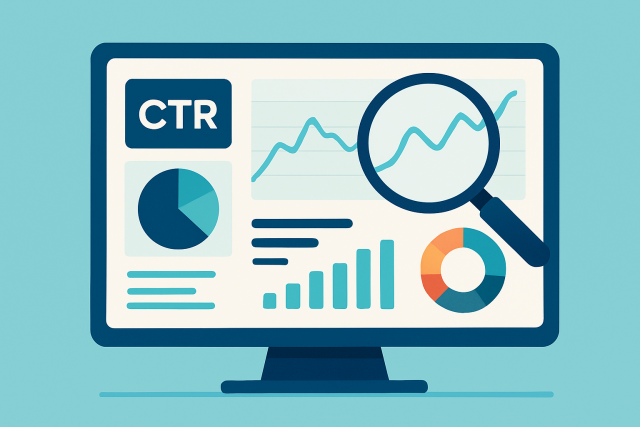
Choosing the Right Enterprise SEO SaaS Tool
Discover the leading enterprise SEO SaaS tools of 2024, ranked and reviewed to help large organizati...

Google Alerts is a free and handy tool that helps businesses watch brand mentions and spy on competitors in a not-so-sneaky way. When implementing the best practices for Google Alerts, it also helps them stay in the loop with the latest industry trends. When used right, it lets you manage your brand's online reputation like a pro and quickly respond to customer feedback before it snowballs. It also helps you gather useful insights to steer your analytics in the right direction.
To get the ball rolling with Google Alerts for your brand, all you need is a Google account. Setting up your first alert is a breeze. Just log in to the Google Alerts page and enter a keyword or phrase tied to your brand. Then adjust the alert settings until they feel just right.
Head over to the Google Alerts homepage and sign in using your Google account.
Pop your brand name or any relevant keyword into the alert creation box. This is where the magic begins.
Pick how often you would like those notifications to roll in—daily, weekly, or as it happens—and choose whatever suits your style.
Narrow down your sources by choosing specific ones like news or blogs to keep things relevant and manageable.
Select your preferred language and region to focus on the areas that matter most to you.
Finally, decide whether to get your alerts via email or through an RSS feed. Choose the method that fits your routine best.
Picking the right keywords is essential for thorough brand monitoring. Make sure to include various versions of your brand name plus products, competitor names and industry buzzwords to cover every important mention.
You can improve your alert accuracy by using Boolean operators like AND and OR and wrapping phrases in quotation marks.
Finding the right alert settings is like striking the perfect balance between staying in the loop and not feeling overwhelmed. By tweaking how often notifications pop up, filtering their sources and setting your preferred language and region you can cut down on distractions and keep your focus on what really counts.
As your brand monitoring ramps up, you’ll likely find yourself juggling a bunch of alerts all at once. Giving them clear names and sorting them into neat categories is a lifesaver when it comes to keeping your inbox or RSS feed from feeling like a chaotic mess.

An organized Google Alerts dashboard showcasing categorized alerts and scheduled review reminders for effective brand tracking.
Google Alerts notifications deliver timely and handy insights that can boost your brand analytics game. By keeping an eye on these alerts, you’ll stay in the loop about your brand’s reputation and catch opportunities to whip up fresh content. You can also jump on potential issues before they snowball and keep tabs on what your competitors are up to.
Really squeeze the most juice out of your analysis by regularly exporting those alert emails or RSS feed data into spreadsheets or your favorite analytics tools. I’ve found this exported data can be a goldmine for sentiment analysis and spotting trends before they become obvious.
Google Alerts is a pretty handy tool but users often find themselves drowning in a flood of alerts or wading through irrelevant results. They sometimes miss those all-important mentions. It usually pays off to keep fine-tuning your keywords and settings to prevent things from spinning out of control.
To implement the best practices for Google Alerts, start by setting up notifications for your brand, competitor launches, and key industry news. This proactive approach helps you catch early signs of market shifts or fresh opportunities before they slip through the cracks. Plus, when you combine Google Alerts with third-party tools via RSS feeds or APIs, you can level up your game by automating and analyzing brand monitoring on a bigger scale. This blends real-time updates with deeper competitive insights.
19 articles published
With over two decades of experience navigating the intricate realms of online marketing, Bryson Gallagher is renowned for his strategic prowess and data-driven methodologies, equipping organizations with the tools to seamlessly engage global audiences.
Read Pages
Discover the leading enterprise SEO SaaS tools of 2024, ranked and reviewed to help large organizati...

Understand why SEO ranking fluctuations happen and discover a systematic approach to monitor, diagno...

Click through rate manipulation can distort marketing insights and harm business decisions. Learn ho...

Discover how to conduct an effective marketing performance review by combining critical metrics, tea...